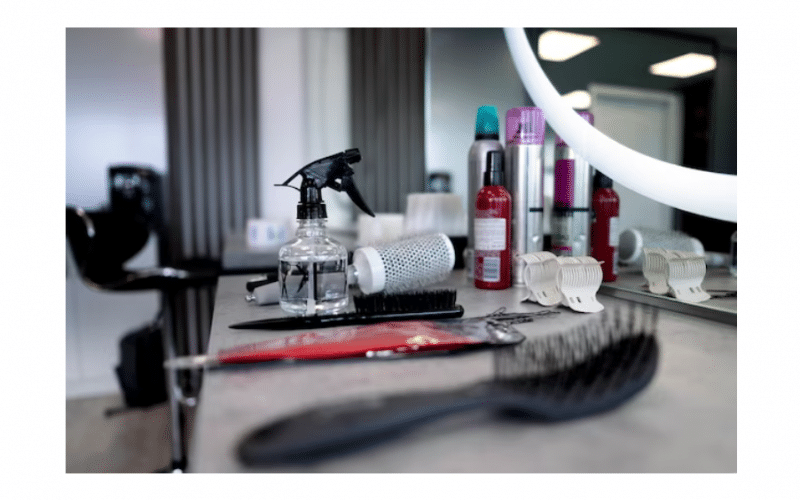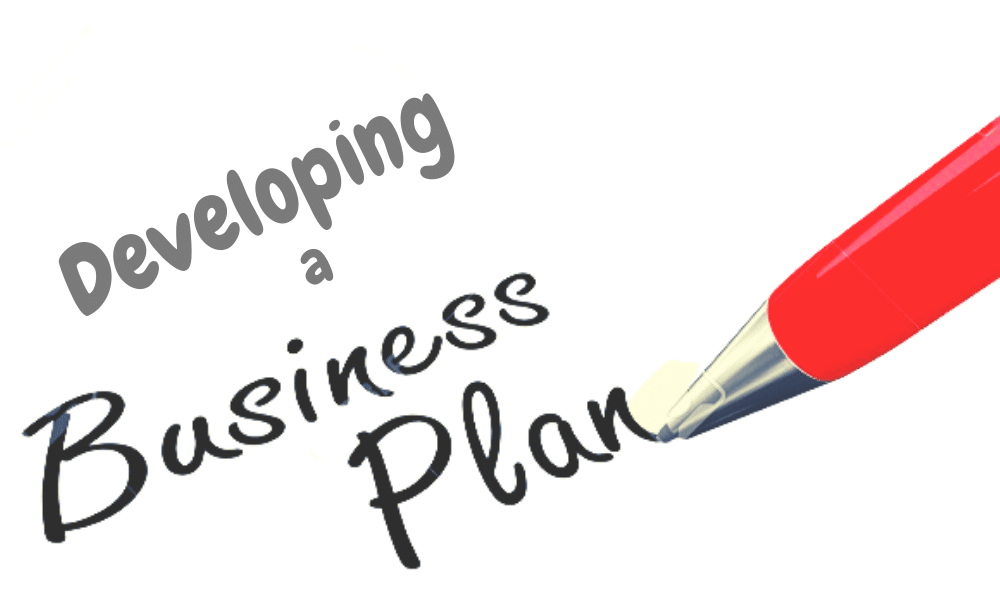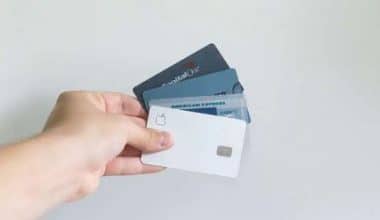Starting a salon business requires selecting professional salon equipment, which can be expensive. Investing in high-quality, functional equipment can provide a premium client experience, build a brand, and command higher prices. Despite having limited budgets, prioritize necessities over luxuries and focus on tools to generate cash flow. As your business grows, you can purchase additional supplies later. The guide provides a comprehensive list of salon equipment to get started.
What Equipment Do You Need For A Salon?
#1. Salon Basics:
When purchasing or renting a new salon space, choose furniture that transforms it into a thriving hair salon. Therefore, look for durable, well-made pieces and consider gently used furniture to save money.
- Reception desk ($400–$5000)
- Waiting area chairs ($50–$100 per chair)
- Waiting area tables ($100–$500 per table)
- Styling station ($150–$1000)
- Shampoo station or backwash unit ($250–$900)
- Salon chairs ($150–$1000 per chair)
- Salon cart or trolley ($150–$500)
- Retail display shelving ($150–$1000)
- Lighting ($70–$1500)
- Washing machine and dryer for towels ($2000–$5000)
#2. Salon Styling Tools:
A wide range of cutting tools, such as shears, razors, and combs, is crucial for selecting the right tool for each style and technique. Ergonomic tools can prevent health problems like repetitive strain injuries and carpal tunnel syndrome. Therefore, choose craftsman-quality items for your craft, as they are the core of your business.
- Short straight shear for precision detail work ($100–$700)
- Long straight shears for dry cutting and blunt cuts ($150–$1200)
- Subtle blending or thinning shear ($250–$600)
- Texturizing shear ($250–$600)
- Point-cutting shear ($10–30)
- Razors and blades ($40–$200)
- Shear storage case ($30–$60)
- Shear maintenance tools ($10 – $30)
- Cutting comb set ($25 – $50)
- Styling brush set ($100–$200)
#3. Salon Supplies and Accessories:
A great haircut requires professional salon supplies for client comfort and a prestige experience, but frequent replenishment may be necessary.
- Stylist apron ($10–$30)
- Cutting capes ($15–$50)
- Salon towels in several sizes ($10–$30)
- Hand mirror ($7–$20)
- Sectioning clips ($5–$20)
- Misting spray bottle ($5–$20)
- Disinfectant jar ($15–$30)
- Salon latex gloves ($15–$30)
- Styling product ($100–$300)
#4. Salon Electric Tools:
Offering color work and finishing services can attract a wider client base and elevate your salon brand. Therefore, ensure you have a salon-quality blow dryer, flat iron, and 1″ curling iron or wand, depending on your clientele and service list.
- Hood dryer ($100–$700)
- Professional blow dryer ($100–$400)
- Blow dryer nozzles ($40–$400)
- Flat iron ($40–$400)
- Curling iron or wand ($100–$700)
- Crimping iron ($25–$200)
- Hair clipper ($50–$200)
- Hair trimmer ($50–$200)
#5. Salon Management and Marketing Tools:
New salon owners often overlook the business side, which includes organizing, collecting payments, tracking finances, and marketing, which require specialized software and tools.
- Business computers ($1200 – $4000)
- Business phone ($50–$200)
- Salon scheduling software ($60–$400 per year)
- Salon Point of Sale (POS) system ($200–$500)
- Business or appointment reminder cards ($30–$50)
- Ring light for client photos to share on social media ($50–$150)
How Do I Set Up A Small Salon?
#1. Speak to distributors.
To purchase salon products like chairs, mirrors, washing stations, shampoo, conditioner, pins, and brushes, contact a distributor. You can find local, wholesale, or national distributors with local agents.
For larger items like chairs and dryers, work with a large wholesale distributor. Additionally, purchase smaller items from local distributors or directly from manufacturers. Shop carefully, considering price points, customer support, and deals or perks.
#2. Create a solid client base.
Salon owners should prioritize their clients and their experience to build a loyal customer base. Experts advise aspiring entrepreneurs to have professional clients to cover overhead and be better equipped to handle decisions. This will help create a strong client base and ensure a smooth opening process.
#3. Pick the right location for your salon.
Opening a salon is a significant expense, and a well-populated area with easy access by car or public transportation is crucial. It should be far from competitors offering similar services. Furthermore, experts advise securing a solid location with ample parking to attract more customers, resulting in more revenue for initial loan repayment and growth expenses.
#4. Hire a designer.
Hiring a designer to create a functional salon can reduce stress and ensure a visually appealing workspace. They can help determine an overall look and feel consistent with the desired image. Maximizing revenue potential for the space is crucial, and negotiating construction costs in lease agreements is recommended. Additionally, utilize center space with double-sided stations or couches for waiting guests and know the dimensions of each area before purchasing equipment or furniture.
#5. Prioritize your employees
A salon’s success relies on its staff, as beauty is a personal industry. Jennifer Quinn, digital marketing executive at Phorest Salon Software, advises investing time in staff training and motivation. Ensuring stylists and technicians are comfortable upselling products and treatments is crucial for success.
Therefore, training employees thoroughly helps maintain a professional reputation and smooth business operations. Being passionate about staff growth is essential, and being a leader rather than a boss is essential.
#6. Always Think about your clients.
Create a vision for clients’ experiences and emotions, as well as adjectives they will use to describe their salon. Additionally, gather client feedback, outline your business plan to meet their needs and wants, and demonstrate value for their input.
#7. Make a fair price for yourself.
Starting a business can be challenging when deciding on pricing for services. After researching and considering your skills and training, determine a price based on your abilities and not those of others in your area. Note that you can charge higher prices if you excel in your field. Therefore, if you are great at what you do, people will pay for it.
How Can I Make My Salon Unique?
Your salon needs to have a unique selling proposition (USP) in order to stand out from the crowd.
#1. Prioritize the customer experience:
Consistently delivering exceptional customer experiences is crucial for a salon to stand out. The overall experience is what keeps customers returning. To improve the customer experience, listen to customer preferences, update styling, and waiting chairs, add hairdresser-specific footrests, and offer comfortable drinks and pleasant waiting areas.
#2. Create a stylish salon:
A pleasant aesthetic environment is crucial for customers’ choices when visiting a hair salon. Design communicates the business’s history, personality, and style. A unique image sets the salon apart from competitors and reflects the business’s personality. Particularly, choosing pieces that reflect your personality will create a memorable experience for customers.
#3. Upgrade the decoration of the waiting area:
The reception and waiting area are customers’ first contact with your salon, so it’s crucial to maintain them with new furniture and unique pieces that complement the salon’s interior design.
#4. Use appropriate storage facilities:
With so many products and tools lying around the salon and stylists picking things up as they go, it’s easy for your business to become a little disorganized quickly. Salon supplies can be stored on trolleys, which also makes it simple to move them around so that tools and goods are always nearby.
#5. Promote your new salon design:
Tell everyone about your new ideas once you’ve put them into action! Use every medium at your disposal to spread the word. Advertise your salon on social media and send emails and texts to your customers. Additionally, making fun videos and photos of your new salon and posting them online to give your followers and customers a virtual tour is a great platform and an efficient customer acquisition tool.
What Are The Products Of A Salon?
The following is a list of typical salon products:
1. Shampoo
2. Conditioner
3. Hairspray
4. Mousse
5. Gel
6. Wax
7. Hair color
8. Hair treatments
9. Nail polish
10. Cuticle oil
11. Nail hardener
12. Wax strips
13. Hot wax
14. Wax warmers
15. Cleansers
16. Toners
17. Moisturizers
18. Foundations
19. Hair dryers
20. Brushes
How Do I Design My Salon?
#1. Pick a theme.
Choose a memorable theme for your beauty salon, focusing on images like cowgirls, dancers, movie stars, kittens, or vacation spots. Display pictures and paintings, and add decorations like rope or back-to-nature elements. Furthermore, create a positive atmosphere and create memorable experiences for clients.
#2. Pick a color scheme of two or three colors:
Maintain a color scheme in your salon by using it for furniture, equipment, frames, and walls. If it fits your theme, place flowers that match the color scheme. Additionally, use real potted flowers if they have enough light, or artificial ones if you plan to cut them from your plants.
#3. Create a floor plan for your salon:
Measure the space’s length and width, and design the salon accordingly. Place the waiting area and cash register at the front, while other equipment is in other areas. Finally, group similar equipment together and provide ample seating for patrons and friends.
#4. Purchase furniture that conforms to your theme:
If your color scheme is blue and green, you could put a blue sofa and green chairs in the waiting area, for example.
#5. Your salon should have televisions.
Display programs or movies that cater to your clientele, such as a cable network for women. If your salon is large enough, show multiple networks on television to cater to a broader range of clients. Note that you should keep all networks muted to avoid nuisance noise.
What Makes A Salon Stand Out?
Delivering consistently exceptional customer experiences is one of the best ways to distinguish your salon from the competition. Therefore, it’s crucial to keep in mind that even if clients choose to visit your salon specifically to see one of your stylists, it’s the whole experience that will entice them to return.
What Do You Need To Be Successful When Starting Your Salon?
#1. A clear vision:
A clear vision is essential for successful businesses. Before starting, consider your success goals and create a plan to achieve them. Stick to your plan, be patient, and lay out long-term goals for your salon. Celebrate small wins along the way.
#2. Self-promotion skills:
To attract customers, businesses should focus on word-of-mouth and social media. Self-promotion can be effective, such as having conversations at coffee shops or handing out business cards to friends and family.
Social media can be used to post attention-grabbing content, such as “before and after” pictures, and use tools like “book now” buttons to make booking appointments and contacting the business easier. By utilizing these strategies, businesses can attract a larger customer base and maintain a competitive edge in the market.
#3. Organization skills:
Maintaining organization is crucial for salon owners and operators, as it impacts records, bills, client scheduling, and product arrangement. To stay organized, label and color-code products, store files alphabetically, use shelving units, invest in scheduling apps, and use supply and tool organizers at each stylist’s station. These methods prioritize tasks, reduce clutter, and help get more done in less time.
#4. Delegate Tasks:
As a business owner, relinquishing control can be overwhelming, but task delegation is crucial for a thriving business. Build a team of trusted individuals with diverse strengths and skills, involving them in the business’s operations. This empowers the salon team and encourages them to complete their assigned tasks more effectively. However, if tasks are not completed as desired, coach the staff to ensure future satisfaction.
#5. Communication skills:
A successful salon owner requires strong communication skills to manage staff and create a functional work environment. Establish clear communication standards, hold regular team meetings, explain decision-making, and keep clients informed. Inform clients about price increases and ensure they are aware of any changes.
#6. Be Passionate:
Passion is a crucial trait for a successful salon owner, driving them to achieve their goals and keep going even in the toughest times. If you have a passion for styling hair, makeup, or nails, starting your career with us can provide you with in-class instruction and real-world opportunities.
Examples of Beauty Salon Equipment
You must be aware of the various types of beauty salon equipment on the market before you start shopping. Here are some of the pieces of equipment used in beauty salons:
- Hair styling chairs, shampoo bowls, hair dryers, skincare machines, and nail stations are essential pieces of salon equipment.
- Choose chairs with adjustable height, backrests, armrests, and footrests, and consider material and durability.
- Shampoo bowls should be comfortable, functional, and easy to clean. Hair dryers come in various types, such as hooded, wall-mounted, and handheld models.
- For skincare services, invest in facial steamers, microdermabrasion machines, and LED light therapy machines.
- Nail stations should be comfortable, with armrests, adjustable height, and ample storage space.
Examples of Hair Salon Equipment
Salon essentials
- Bleach-safe salon hand towels
- Professional salon hairdressing cape
- Hair styling clips
- Hair dye coloring brushes
- Professional hair dye gloves
- Hair color processing caps
- Heat-resistant styling station mat
- Hair color mixing bowls
Salon Equipment
- Hair wash basin
- Barber station mat
- Stylist apron
- Beauty salon trolley rolling cart
- Hydraulic reclining barber chair
- Hand towels
- Hair scissors and shears holding rack
- Heat-resistant mats and gloves
Professional hair tools
- Hair dryer
- Curling iron
- Straightening iron
- Diffuser
- Hard hat dryer
- Roller-hair setter
- Round-hair brush
- Detangling comb
Examples of Nail Salon Equipment
You’ll most likely need:
- A reception desk
- Reception area seating
- A magazine rack
- Manicure tables
- Pedicure chairs
- A massage table (if you’re also a spa)
- Overhead lighting
- Moveable LED task lighting
- Carts and moveable storage trolleys
- A nail polish wall rack
- Retail display racks
Consider getting the following equipment:
- Nail files
- Nail polishes
- Nail clippers
- Gel nail polish
- Acrylic nail supplies, including acrylic nails in various sizes and nail glue
- High-quality acrylic powder
- Nail dipping powders
- Artificial nail extensions
- Nail tips
- A manicure bowl for each workstation
- Nail art supplies, including jewels and nail stickers
- A nail plate
- Simple nail files
- Cuticle pusher (with spares for each workstation)
- Cuticle scissors or nippers
- Cuticle oil
- Cuticle remover
- Cotton balls
- Nail polish remover
- Pedicure foot soaker
- A pedicure foot file for each workstation
- Toe separators
- Towels
- A selection of brushes
- Gel brushes
- Sanitizer and PPE for each nail tech
Examples of Salon Equipment Sales
Salon equipment sales involve selling various salon equipment and supplies, including styling chairs, hair dryers, nail polish, and waxing supplies. Examples include distributors, online retailers, manufacturer sales representatives, and used equipment sales.
Therefore, when shopping for salon equipment, consider factors like quality, durability, and affordability. Choose equipment designed for salon use and built to withstand frequent use and wear and tear. Additionally, consider the needs of clients and staff to provide high-quality services and create a comfortable environment.
OPEN A NAIL SALON: Step-by-Step Guide
SALON INSURANCE: Best Beauty Salon Insurance Companies & Types
SALON BOOKING SOFTWARE: Best Salon Scheduling Software & Apps 2023






